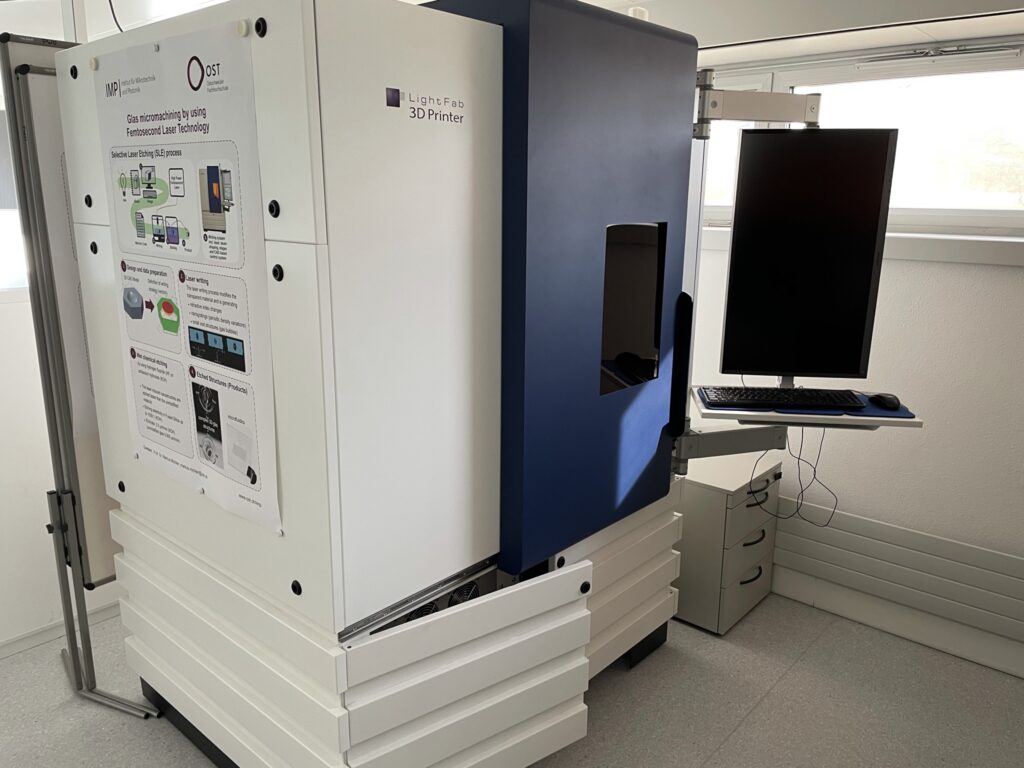The PIONEAR project is introducing a breakthrough in microphone technology with a unique design that redefines sound measurement. At the core of this innovation is a laser-based microphone capsule, where the laser itself serves as the sensing element. Unlike traditional lasers that emit light at a fixed colour, the laser in PIONEAR’s microphone is highly responsive to environmental influences. When sound waves interact with it, subtle shifts occur in its emitted colour. These minute variations are captured by an ultra-sensitive colour meter, allowing for an unprecedented level of precision in sound measurement. This novel sensing technique has been termed ‘chromometry’ as it centres on analysing these slight colour shifts. By leveraging the exceptional purity of laser light, chromometry enables remarkably accurate sound measurements. PIONEAR’s laser achieves sound sensitivity by positioning one mirror of the laser cavity on a movable membrane –similar to a traditional microphone diaphragm – while the other mirror remains fixed. When sound waves strike the membrane, it vibrates, changing the distance between the mirrors and, as a result, shifting the laser’s colour.
This cutting-edge microphone design also utilises an advanced Vertical Cavity Surface Emitting Laser (VCSEL), an ideal component for this application due to its compact size, high energy efficiency, and potential for high finesse. A high-finesse laser allows photons to repeatedly bounce within the cavity, a critical feature for achieving the high degree of accuracy needed in chromometric measurements.
Human hearing operates across an astonishingly broad dynamic range, detecting everything from the faintest whisper to the piercing noise of sirens. Capturing this full range with existing microphones has been challenging, primarily due to a quantum limitation known as shot noise. Although advanced quantum techniques like squeezed light or entangled photons can overcome shot noise, these methods are complex and unsuitable for the compact, low-power requirements of modern microphones.
Chromometry offers a simpler, more feasible approach to bypassing shot noise. In the PIONEAR microphone, only essential optical components are required – a laser, passive optical pathways, and photodetectors – enabling the device to be miniaturised to just a few cubic millimetres.

This design is not only compact but also cost-effective compared to other miniature microphones. Additionally, the high-finesse laser used by PIONEAR requires only about 1% of the photons typically needed by traditional interferometric sensors, further enhancing power efficiency. Combined with the low power usage of the VCSEL laser, the PIONEAR microphone is well-suited for battery-powered applications.
While the initial focus of PIONEAR is on audio applications, chromometry’s potential extends well beyond sound sensing. This versatile technology can be adapted to measure various physical phenomena, including acceleration, rotation, and even chemical concentrations in gases and liquids.
Developing a chromometric microphone is a complex undertaking, requiring significantly more effort than designing conventional capacitive microphones. However, this technology is unique in its ability to rival the dynamic range of human hearing in a miniaturised form. PIONEAR is committed to advancing this technology and is working toward a fully functional prototype to demonstrate the vast potential of chromometric sensing. The project’s efforts include the meticulous design and fabrication of a specialised VCSEL laser, a responsive microphone membrane, and an acoustic chamber, each tailored to meet exacting performance standards. Furthermore, the integration of an ultra-sensitive colour meter and other components presents significant technical challenges due to the high precision required for successful assembly.
